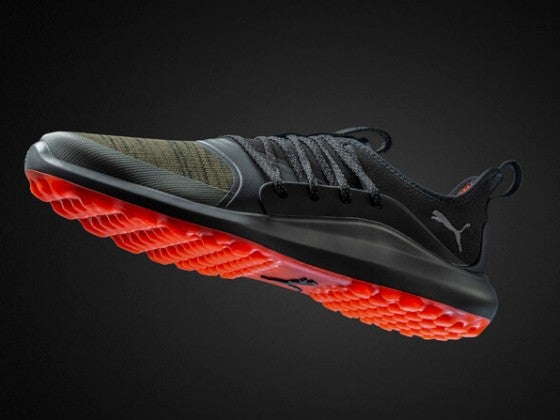Image via Flickr by ThinkGeoEnergy
As countries like China and India continue to develop and industrialized countries maintain their steady energy consumption. The rise in demand is one of the reasons for the price increases. Anticipate additional innovations in the world of heating and cooling as engineers develop technologies to reduce carbon emissions, and relieve the electric grid.
New technology will target alternative energy sources like thermal energy. Expect to see further efficiencies in cooling and heating homes and commercial buildings. Here are four of the latest technological advances setting the pace for new heating and cooling solutions.
Thermally Driven Air Conditioning
Expect to see thermally driven air conditioning rise in popularity. This technology uses solar energy and natural gas instead of electrical power to run your air conditioning unit. Some advantages include:
- Lower cost since it uses solar energy and gas instead of electricity to run.
- It does not require backup loads since it uses two energy sources.
- Increased reliability since a thermally driven AC system does not have as many moving parts.
- It is highly efficient.
Movement-Activated Air Conditioner
Homeowners have benefited from smart technology. For instance, smart thermostats have increased energy efficiency in many homes and have reduced utility bills for homeowners. Is there further room for improvement? A group of MIT engineering students thought so.
This group has created an innovative technology design to create a movement-activated air conditioning system. You place aluminum rods in the ceiling lined with sensors that communicate to the AC unit. The AC unit only comes on when there are people in the room. This energy-saving innovation will only cool rooms that have people in it, drastically reducing your energy bill. This technology delivers just-in-time cooling!
On-Demand Hot Water Recirculator
How much time do you spend waiting for hot water? It probably won’t surprise you that the average household wastes 27 gallons per day waiting for hot water. Think about the times you’ve waited for the hot water to flow before your shower or when you wash your hands. One company has developed a pump that recycles cool water back into your water heater. This solution will both lower your carbon imprint and reduce your water bill. It also reduces your frustration when your kids run water like it’s free.
Geothermal Heat Pumps
Geothermal heat pumps (GHPs) use the earth underneath your feet to regulate the temperature in your home and supply hot water. This technology transfer heat through pipes buried underground.
- Geothermal heat pumps work in any climate.
- Geothermal heat pumps are 65% more efficient than standard HVAC units.
- While your standard HVAC unit may last 10 to 15 years, the indoor geothermal components last about 25 years while the ground loops last at least 50 years.
- Geothermal heat pumps relieve the demand overload on the electric grid and also lower emissions.
The HVAC world will continue to make technological advances to use renewable energy resources. These innovations will keep giving homeowners and businesses options that help them reduce their energy cost.


















